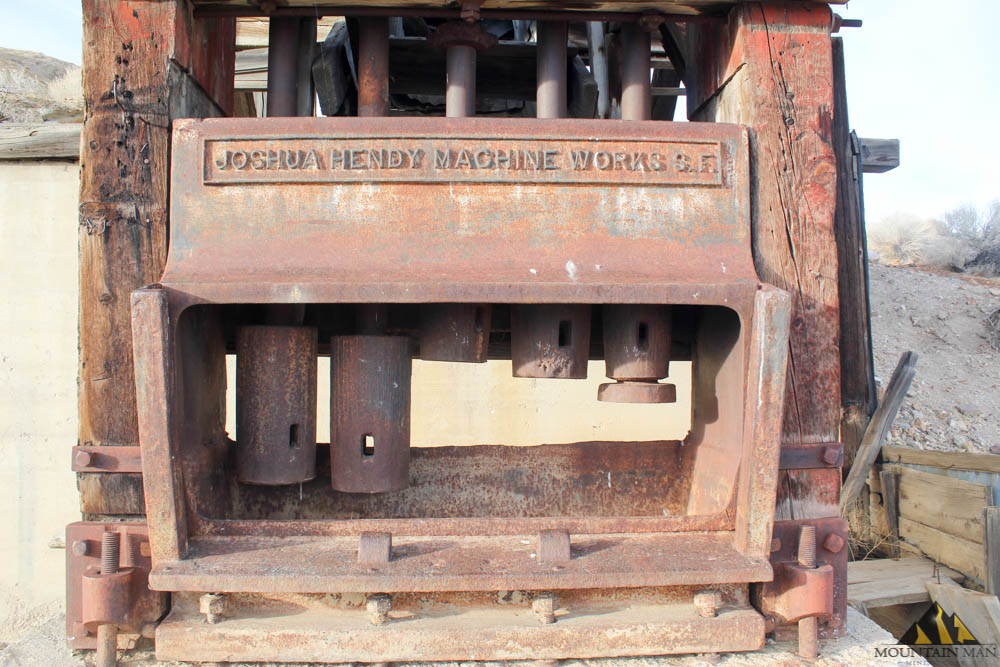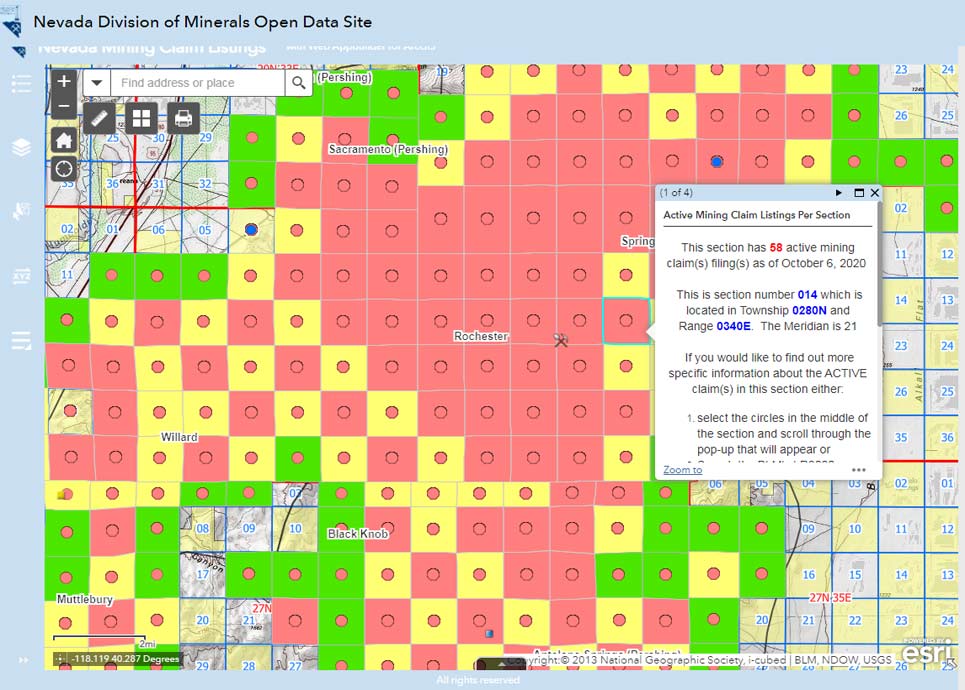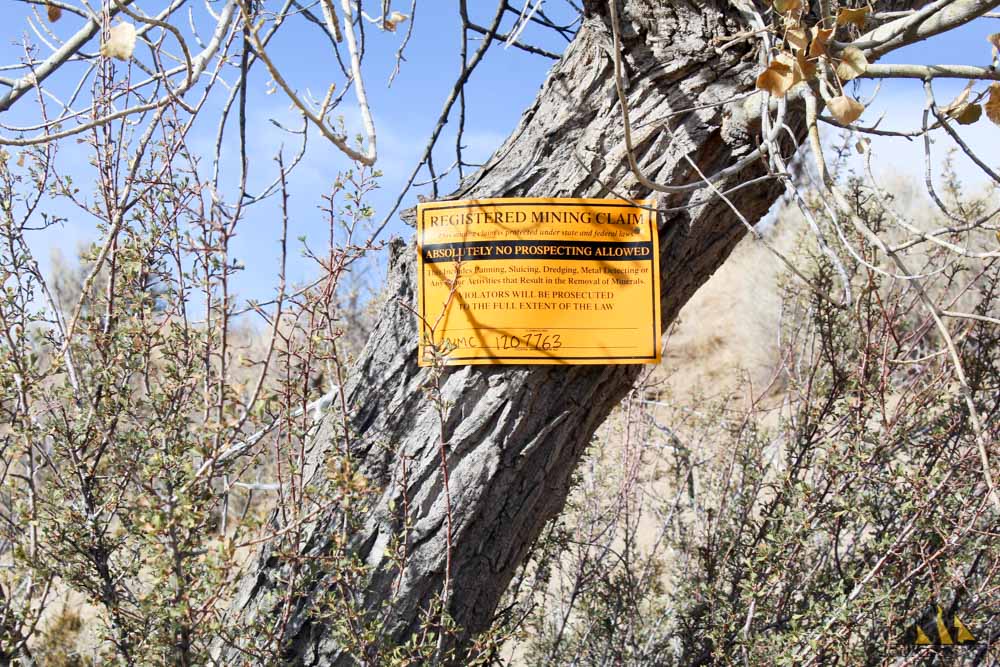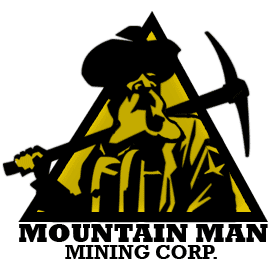
How to Make a Mining Claim
The first step to making a new mining claim and getting your own gold mine is discovering if the land is claimable. Most National Forest and land management by the BLM, or that which is considered public land may be open for mineral entry.
http://minerals.nv.gov/Programs/Mining/MiningClaims/ - This is one of my favorite resources for starting out the journey to find new mining claims! Here you’ll find the LR2000 laid over a map of Nevada with the number of claims in each Township/Range and section. It’s updated a few times a year, and provides a wealth of information for you.
The second step is determining if the claim you want to make isn’t already claimed. For that we use the LR2000 and search the Township/Range/Section for current mining claims in that area. If it appears that claims already exist in your section of interest than you’ll want to go to the county recorders website for that county and find the location map(s) for that claim.
After looking at other claim maps in that section you’re claim appears to be open great! Now you physically visit the location and erect a state-approved discovery monument and attach your notice of location to the monument.
Third and finally, you may file the COL and Location Maps you’ve prepared with the BLM and the county with the associated fees. If the claims passes the land adjudication than you’re in money!
To sum it up a standard lode/placer claim is made by filing a certificate of location and an accurate location map for the claim with both the BLM and the county the claim is located in. Filing fees associated with new claims range from $60-75 per county, and $225 for the BLM.
The claim boundaries must be marked on the corners and a discovery monument erected. There are specific guidelines for correctly drawing the location map which are important to follow. Click here for an example of a correct location mining claim map.

Researching Mining Claims & Gold Mines
https://www.mindat.org/ - Minerals and geolocation for a variety of mines that don’t exist in other databases.
https://data-ndom.opendata.arcgis.com/pages/mining-claims - This is one of my favorite resources for starting out the journey to find new claims!
https://thediggings.com/ - Another searchable database that can be parsed by county. The Diggins also has claimants names and claim statuses with approximate GPS location of the claims on the website.
http://www.mylandmatters.org/ - Research current mining claims via geographical location and proximity to operational mines. Has some useful layers like mining districts and geological information Someone outdated compared to the USGS/Department of Minerals website on current mining claims, but is good to have in case the other one goes down!

Maintaining Your Mining Claims
The BLM website has a full page on mining claim fees, and how to pay your yearly assessments. If you have less than 10 claims, and you may pass only $10 per claim by filing a small miners exemption.
First year claims must:
- Pay their $165 assessments to the BLM, OR file for a small miners exemption.
- File a Notice of Intent to Hold with the county the claim is located in.
All fees are due to the BLM before Sept. 1st of that year, else you may forfeit the claim.
It’s important to note that some counties require a Notice of Intent to Hold with first year filings. This is a notarized document that must be submitted to the county before the end of the calendar year. Contact your agent, or county recorders office for details in your specific county.
Once you’ve got your first year filings out of the way, just remember to keep paying your assessments on time and you can keep the claim virtually forever.
Some claimants have had their mining claims for the last 80 years ~ and intend on passing it down to their kids. Since a mining claim is a tradable asset, just like a deed to a property the value of a claim may increase over time due to changes in precious mineral prices. Also, some people have become quite wealthy maintaining their claims for a number of years, then selling them off to a mining company for a substantial profit and royalty.
Fire Assay & Mining Equipment
When you start to get into lode mining, you quickly realize how important having fire assays done on your material is. I’d highly recommend you pick up a copy of this Fire Assay book and give it a read.
Here's a quick tip that'll save you thousands in the long run:
Assays can get expensive! In fact it costs $400-$500 on average to send you’re 10 samples to a lab, and then weeks to get any results. And you need to know how much gold & silver is in your ore in real-time, and for cheap!
So here's what you do:
Right after you’ve got a crusher, and a table in place – you should consider doing your own fire assays. For about two-grand you can get an oven and crucibles and cupels and litharge. In a matter of just 40-50 samples the setup will have paid for it’s self, and additional fire assays you run will cost you about $3 a piece, rather than the $50 a piece! In a few years, you'll have mastered the art/science of doing fire assay and saved thousands and thousands of dollars!
https://www.aallabs.com/ - American Assay Labs out of Reno Nevada. 10 Samples is the minimum order, prices range from $30-$50 per sample.
https://www.lmine.com/ - Full assortment of lode/placer mining equipment. They also carry geological tools, sample bags, books, screens, crushers and more. Here you can pickup everything you need to start running your own fire assays as well.
Floatation & Milling
Extracting precious metals from lode deposits often requires a variety of processes including crushing, chemical and gravity concentration techniques. Lead, zinc, silver, gold and copper can all be extracted sulfide and oxides using the floatation method.
Now you can do what the big mines do on a small scale. Here you'll find a few resources and recommended videos to familiaze yourself with the milling process of complex ore types:
Small Scale Floatation Plant (Youtube)
